8 Star Trek Fan Theories That Will Blow Your Mind
We summarize some of the most interesting Star Trek fan theories out there.
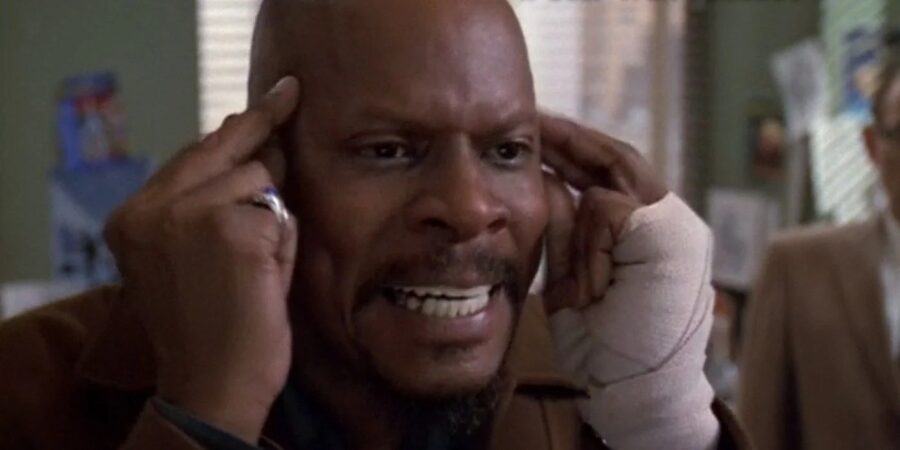
No matter what fandom, no matter what franchise, the fans are bound to have their own ideas about what’s “really” going on. But Star Trek in particular is rich with amazing fan theories, and it shouldn’t be surprising. In a fictional narrative crowded with interesting aliens, including ones that can turn starships into Christmas ornaments with the snap of a finger, literally anything is possible, so why not imagine more than what you see on the screen?
Here, in our view, are eight of the most interesting and compelling Star Trek fan theories you’re likely to find.
Section 31 Uses Transporters To Copy People
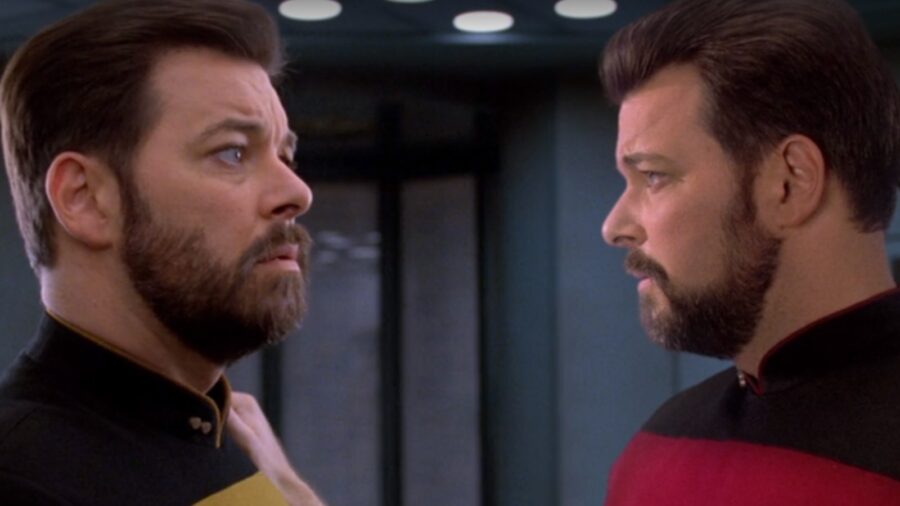
We learned in the Season 6 Star Trek: The Next Generation episode “Second Chances” that under the right circumstances, a transporter can create an exact double of someone using it. Such an event created the double of Will Riker (Jonathan Frakes) who would come to be known as Thomas Riker, and later Star Trek: Lower Decks brought us William Boimler (Jack Quaid), transporter double of Brad Boimler. Some Trek fans theorize the clandestine agency Section 31 is using transporter tech to purposely create doubles.
It’s not a bad theory, and the fact that the group recruits William Boimler in the third season of Lower Decks could support it. Not to mention that in the Season 7 Star Trek: Deep Space Nine episode “Inter Arma Enim Silent Leges,” it’s speculated that it was transporter tech used to fake the death of Luther Sloan (William Sadler).
Transporters Kill And Copy People
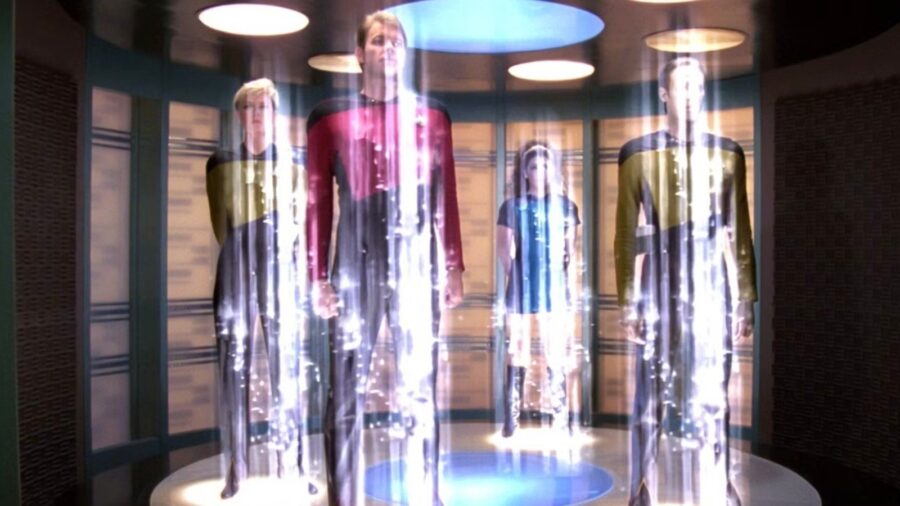
Speaking of transporter doubles, one of the most mind blowing Star Trek fan theories deals with the doubles. Some fans believe that transporters don’t exactly act as we’re told. Instead of converting a person’s matter into energy, transporting them, and then reconstituting that matter, the theory states the transporter is actually destroying the person and then creating a copy.
If true, this would mean that along with characters like Thomas Riker and William Boimler, literally anyone who has ever used a transporter is a copy of the original. In fact, it would mean most people in the Star Trek universe are a copy of a copy of a copy of a copy of a copy, etc.
Spock is a descendant of Sherlock Holmes
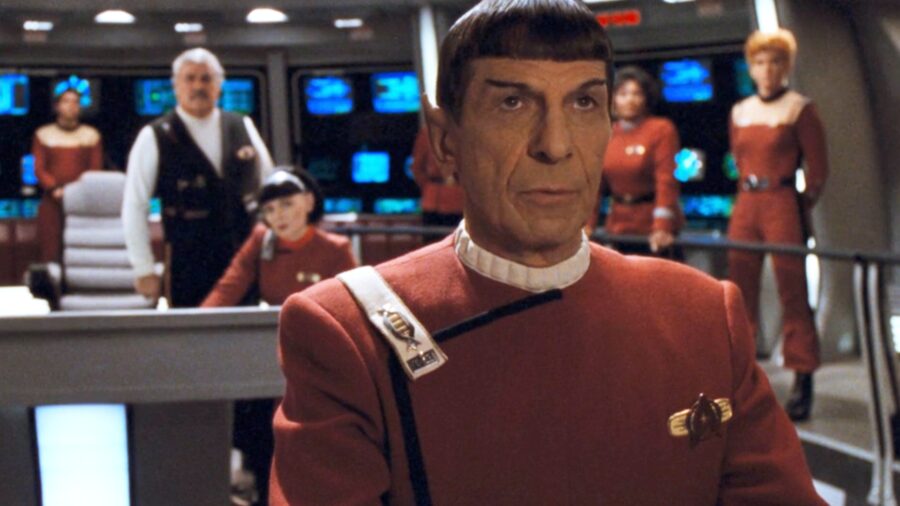
In 1991’s Star Trek: The Undiscovered Country one of the most enduring fan theories was born when Spock (Leonard Nimoy) said, “As an ancestor of mine once said, ‘Once you have eliminated the impossible, whatever remains, however improbable, must be the truth.'” This is a not quite verbatim reference to something Sherlock Holmes says in the second novel to feature the iconic detective, 1890’s The Sign of Four by Sir Arthur Conan Doyle. It’s led some fans to believe that Holmes is somehow a distant relative to Spock.
This seems to be just on the edge of impossibility, even in a franchise in which just about anything is possible, chiefly because Data’s (Brent Spiner) fascination with Holmes in TNG establishes that the detective is considered a fictional character even within the fiction of Star Trek.
There’s also the fact that Spock does not reproduce the quote word-for-word, which would be negligible for human, but pretty significant for a Vulcan. It’s more likely that what Holmes said is so thoroughly logical that it inevitably comes out of a Vulcan’s mouth without any exterior inspiration needed.
Most Star Trek Movies Are Part Of An Elaborate Simulation
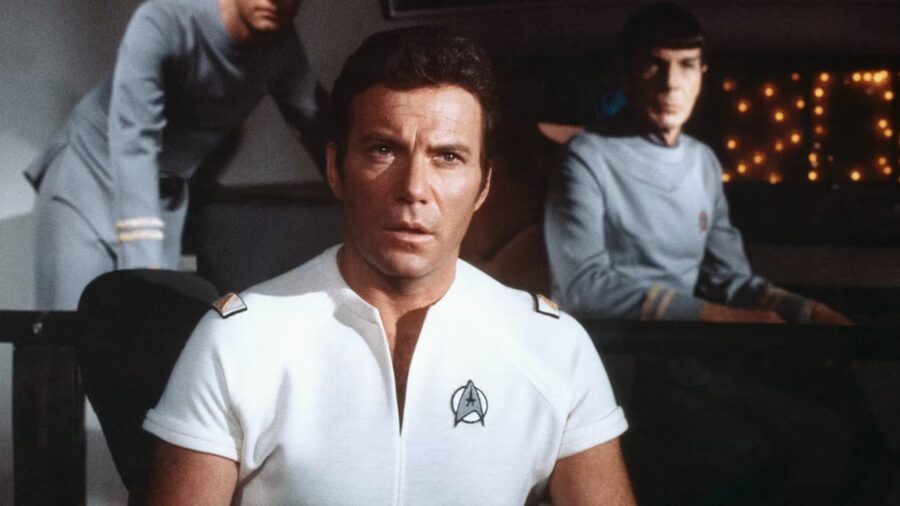
Just last year, a Reddit user posted one of the more elaborate Star Trek fan theories you’ll come across, arguing that all of the films based on the Star Trek: The Original Series crew — except for 1979’s Star Trek: The Motion Picture — were simulations implanted in James Kirk’s (William Shatner) brain by V’Ger. The former Voyager probe assimilated Kirk at the end of the first Trek film, the Reddit user theorizes.
More than any of the other Star Trek fan theories we’ve found, this one almost sounds more like a clever criticism of the movies. The Reddit user offers as proof the idea that plots of the subsequent Trek movies become increasingly “implausible.” They also offer supposed inconsistencies as evidence, like the fact that Dr. McCoy is critical of Kirk taking back his Enterprise command in the first movie, while urging him to take it back in 1982’s Star Trek II: The Wrath of Khan.
According to this theory, even the Nexus of 1994’s Star Trek: Generations is a part of the simulation, and is a result of V’Ger adapting to Kirk realizing he’s been in a simulation for years.
Star Trek Is All From Benny Russell’s Imagination
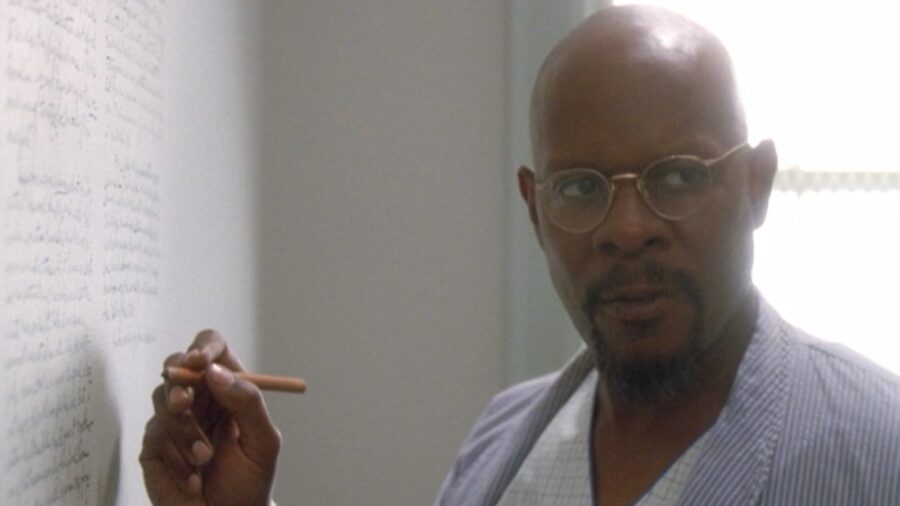
In the Emmy-nominated Deep Space Nine episode “Far Beyond the Stars,” Captain Sisko (Avery Brooks) has a vision of himself in twentieth century Harlem, where he is a struggling science fiction writer who conceives the story of Deep Space Nine. In the Season 7 episode “Shadows and Symbols,” Sisko’s visions of Benny return, this time with a psychiatric doctor trying to convince him that the entire series is just a figment of his imagination. We eventually learn this an illusion created by the villainous Pah wraiths, but some Star Trek fan theories argue that, in fact, all of Trek comes from Benny’s mind.
It’s perhaps the least surprising of all Star Trek fan theories to exist, considering the episode seems to exist primarily to inspire such theories. However it begs the question, if Benny came up with all of Star Trek, why does he start with Deep Space Nine? And why would so many inconsistencies occur, such as the conflicting portrayals of the Trill in DS9 and TNG?
Star Trek V Takes Place In The Nexus
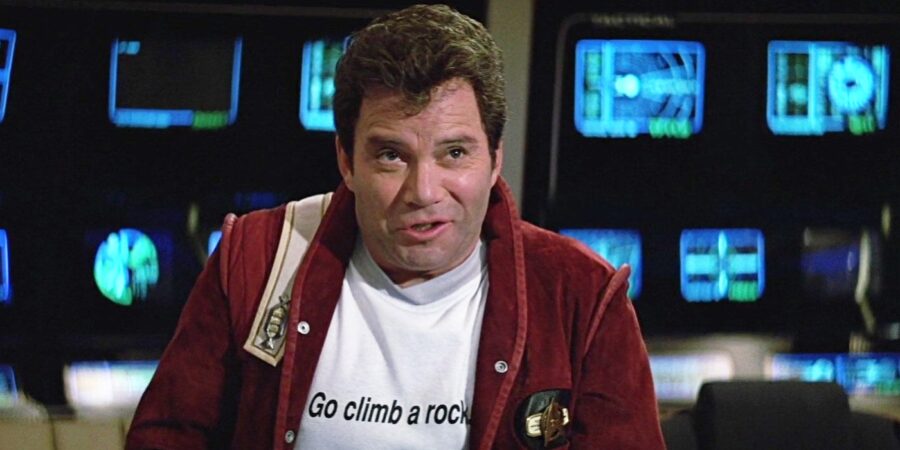
Borrowing elements from other Star Trek fan theories, there are those Trekkies who believe everything in 1989’s Star Trek V: The Final Frontier takes place in the Nexus. Just like the V’Ger theory, the chief evidence fans use for this one are the film’s inconsistencies; apparently not accepting the more than reasonable explanation that someone let William Shatner direct a movie.
The fact that the events of this film and Shatner’s entry into the Nexus in Generations are separated by the events of The Undiscovered Country don’t deter those who believe in the theory, because time is meaningless in the Nexus.
Garak Lied Even More Than We Realized In “In The Pale Moonlight”
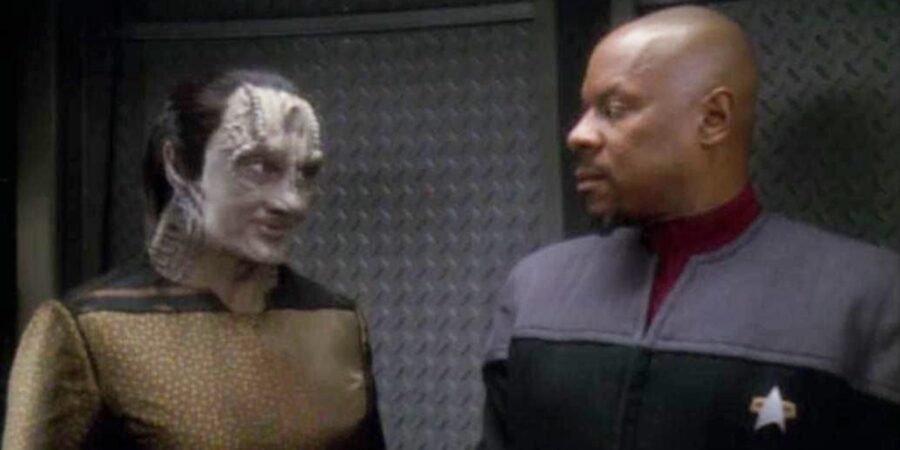
One of the more interesting Star Trek fan theories that nevertheless wouldn’t change much if revealed is that, in the famous Deep Space Nine episode “In the Pale Moonlight,” Garak (Andrew Robinson) lies to Sisko when he claims to need biomimetic gel to give to a third party, and that it’s the Cardassian exile himself who uses it to make the bomb that kills Ambassador Vreenak (Stephen McHattie).
It certainly wouldn’t be beyond the morally grey Garak to do something like this, though we wonder if it would even be necessary. The way biomimetic gel is described in the episode makes it sound like something particularly exotic, and considering what we know about Garak it doesn’t seem likely he would need something so rare to create an explosive.
Trelaine Is A Q
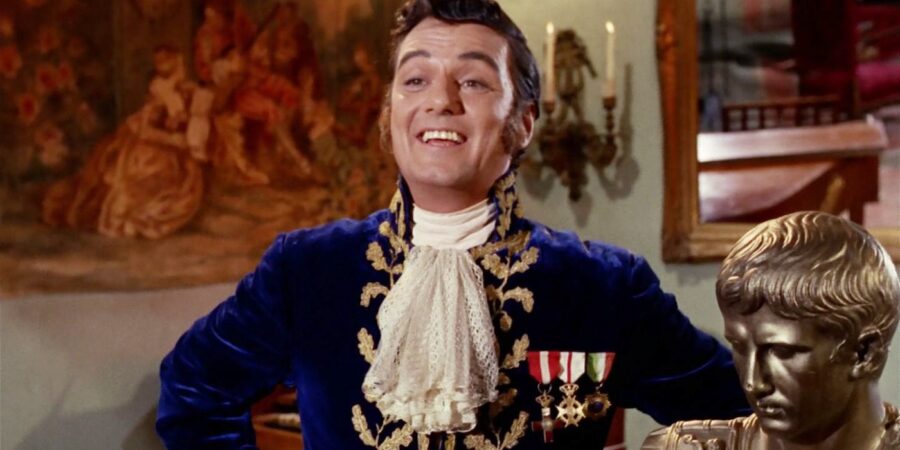
One of the most believable Star Trek fan theories is that the powerful Trelaine (William Campbell) from the Original Series episode “The Squire of Gothos” is part of the Q Continuum which wasn’t introduced until TNG. Trelaine’s inconceivable power mirrors that of the Q, as does his penchant for using humans as playthings. At one point he even takes on the guise of a judge sentencing Kirk to death, just as John de Lancie’s Q appeared before TNG‘s Picard (Patrick Stewart) dressed as a judge on a number of occasions.












